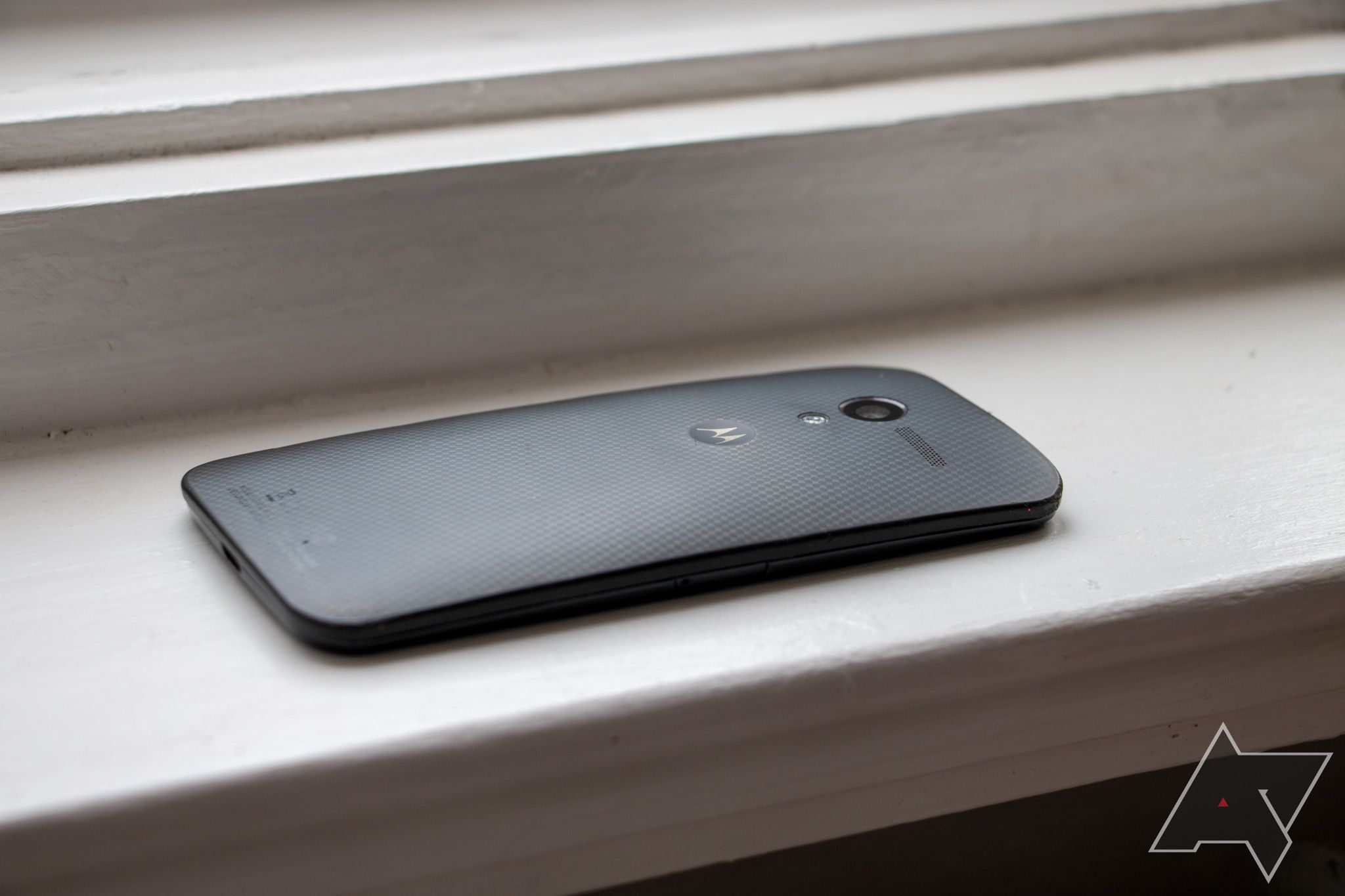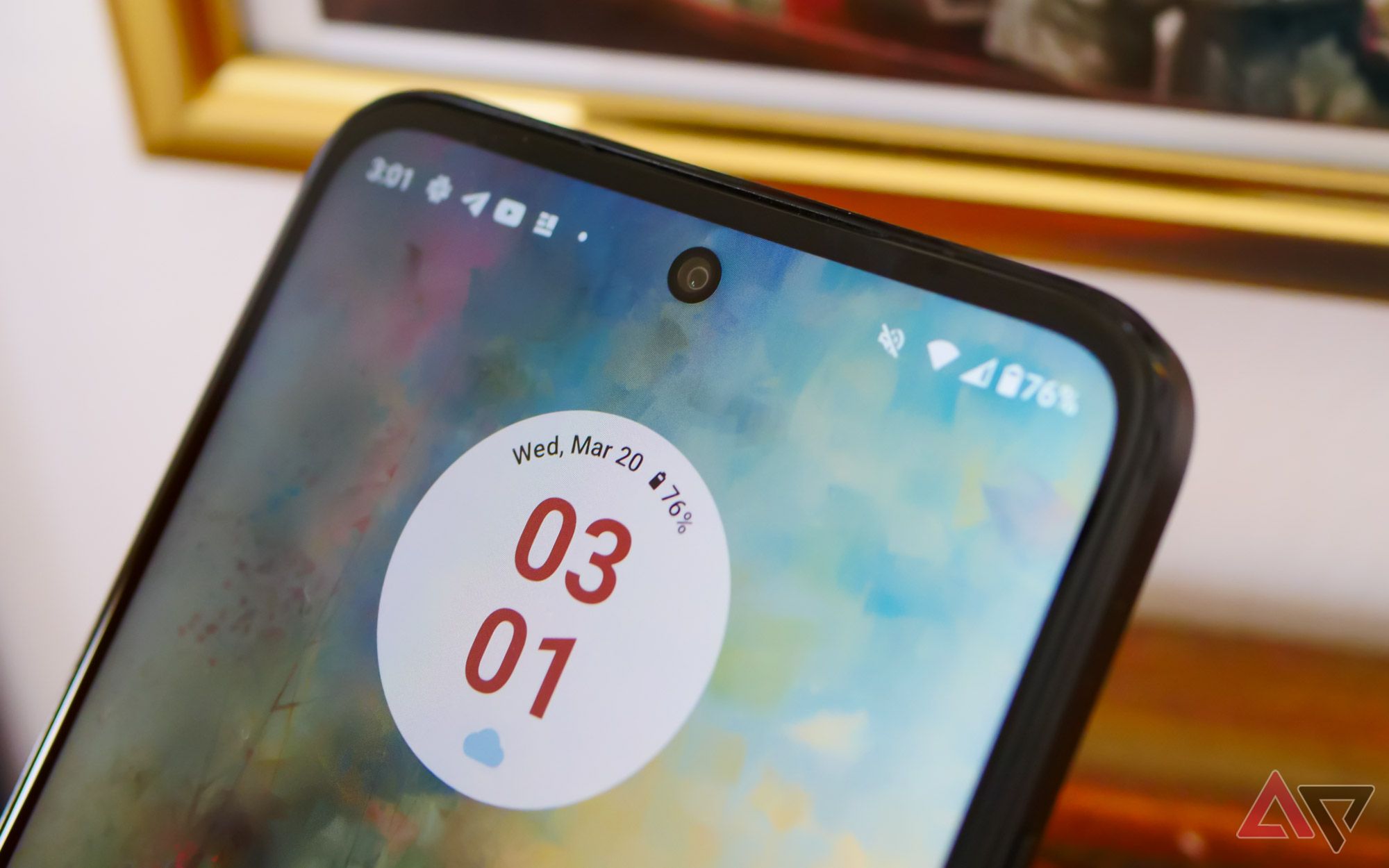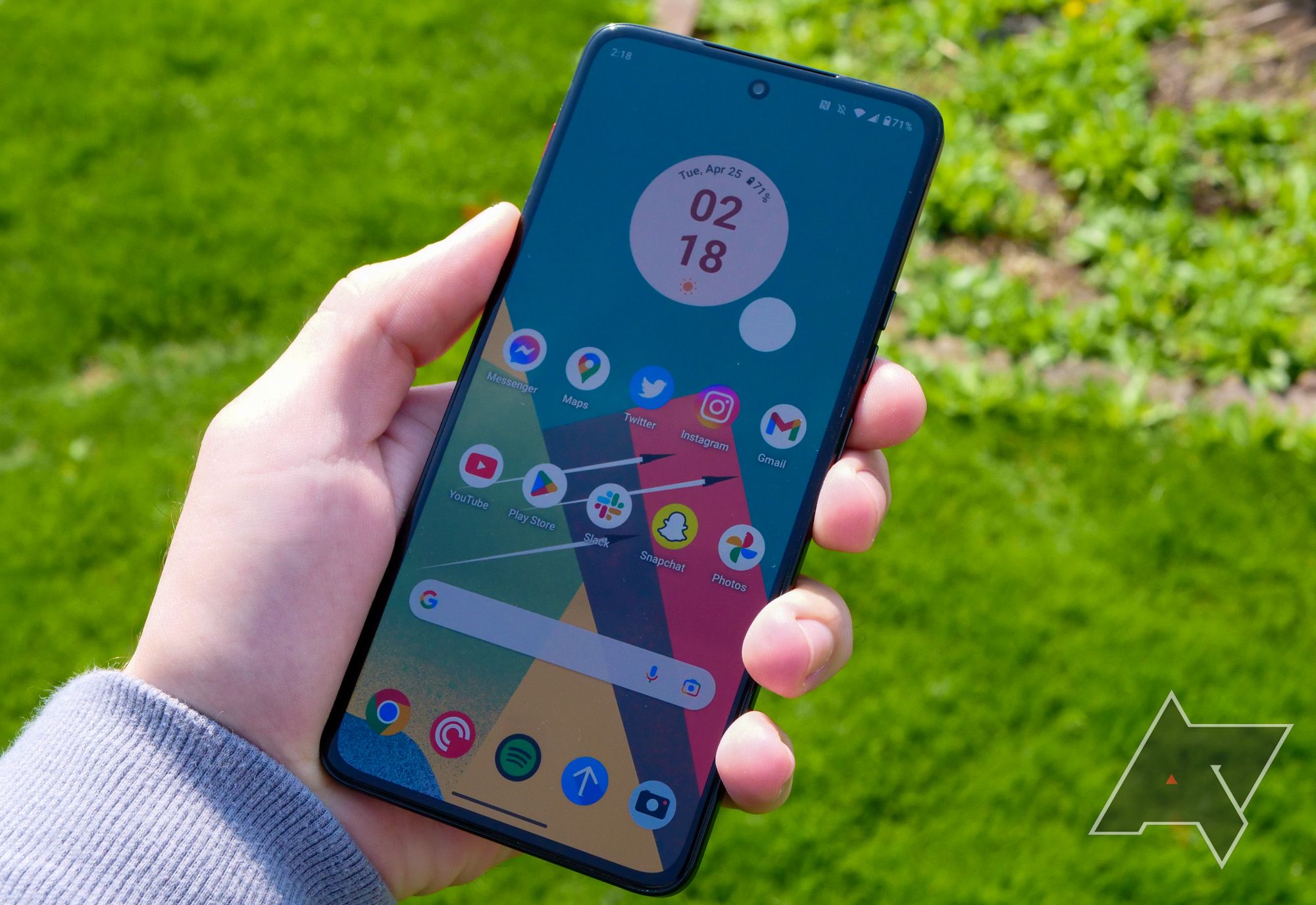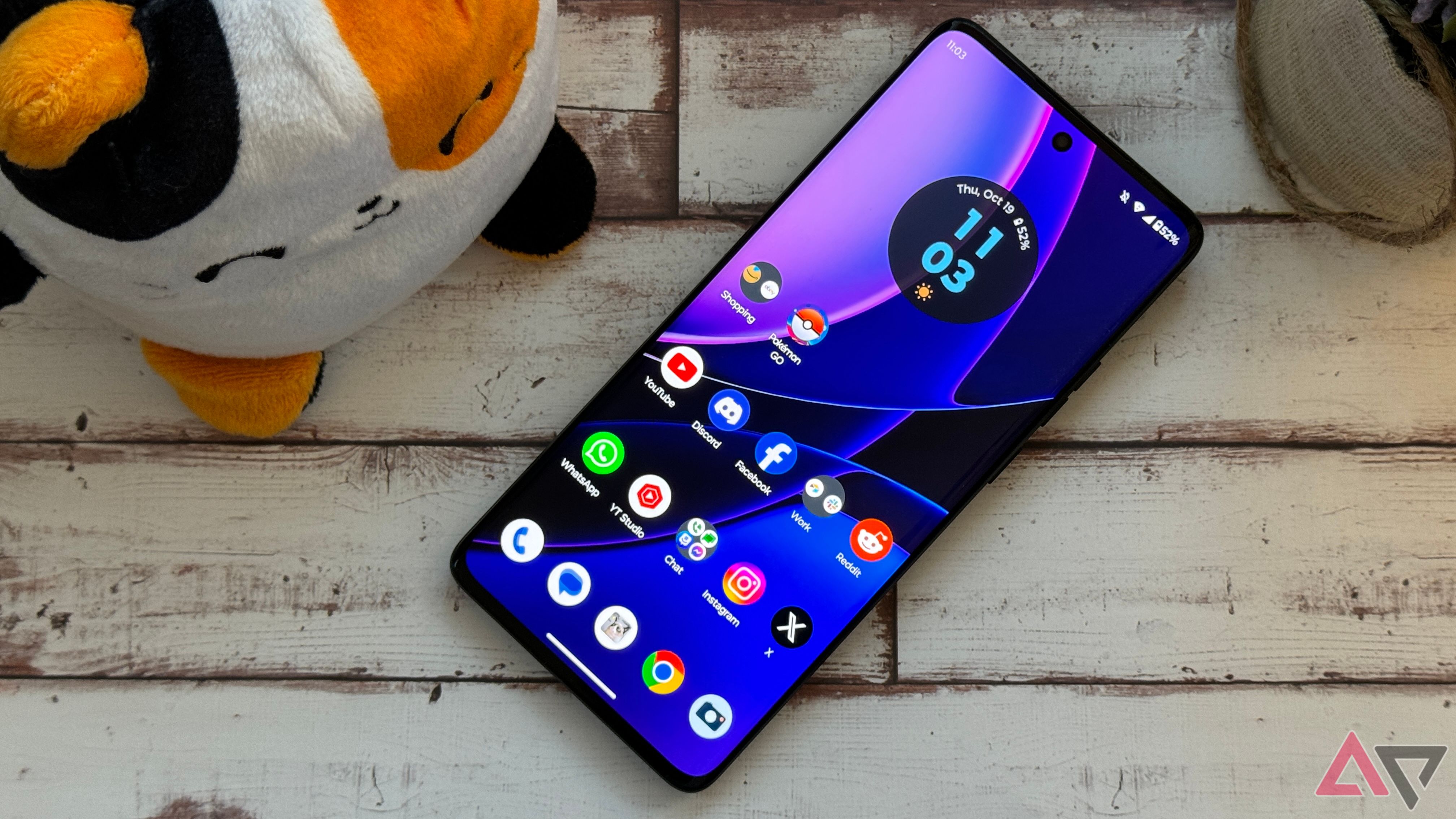Whenever I power up a new Motorola phone, I feel like Charlie Brown from Peanuts, with Moto acting as Lucy holding the football. I think I’ll finally roam through the settings menu and find a real always-on display option, but each time, without fail, Moto pulls the football away, leaving me with its woeful Peek Display.
I wouldn’t mind so much if the company’s reason for not including a traditional AOD still held water today, but it doesn’t. It makes Motorola look like a company stuck in 2013, where this story began.
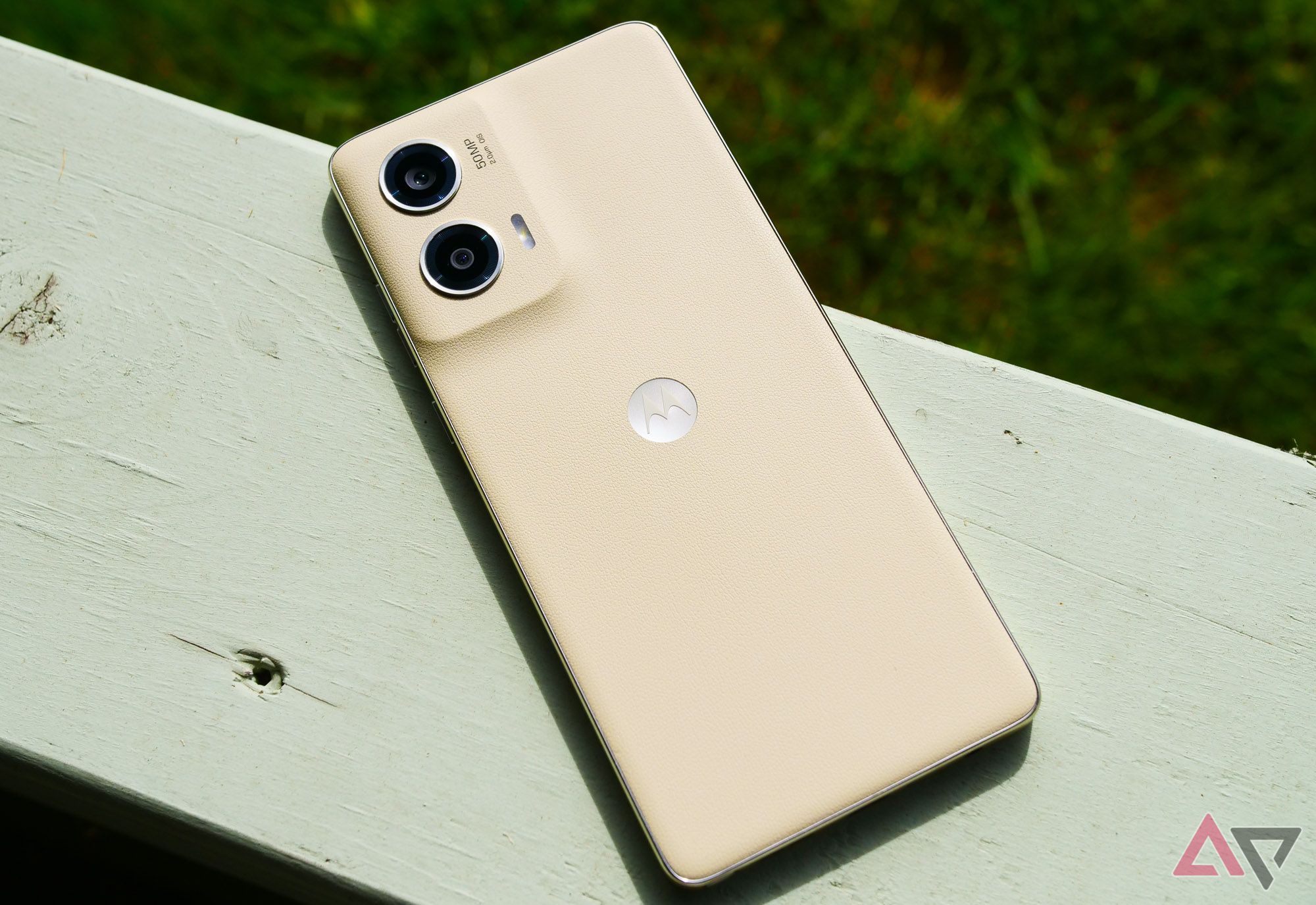
Related
Moto G Stylus 5G (2024) review: Great hardware ruined by bad software
Moto’s hardware keeps getting better, so why can’t its Android experience keep up?
Peek Display by any other name
Motorola was there at the beginning
The modern AOD was first featured on the Nokia N86 in 2009. It gave us time and alerts for incoming notifications while the phone was locked — a novel idea that allowed us to separate the notifications that needed our attention immediately from the ones that could wait.
Nokia later included AODs on its Windows Phone devices, with the Glance Screen first featured on the Lumia 925 in 2013. I remember the first time I used an AOD on a Windows Phone. I was amazed, but also couldn’t understand how Samsung or Apple hadn’t followed suit, especially since Samsung was already fitting devices with OLED panels. And while Samsung wouldn’t offer an AOD until the S7 in 2016, one manufacturer had a competing solution in 2013.
Motorola’s answer was something called Active Display. Like an AOD, it allowed users to access information from the lock screen, but it wouldn’t always remain on. If you received a message or notification, the screen would light up; you could also tap or move the phone to reveal the lock screen. Motorola claimed its version saved battery life, and in a time when batteries were anemic and displays were inefficient, I could see the appeal.
If the Active Display sounds familiar, it’s because the feature is remarkably similar to what Motorola ships today with Peek Display. Sure, there are more widgets and capabilities than in 2013, but the core idea remains unchanged — no always-on option. If the company is still concerned about battery drain, they could include an option to disable AOD. However, that’s not the problem it once was.
Phones don’t run on lead acid batteries
Motorola should join this century
When Active Display was first introduced, phones ran on 1,500-2,000mAh (removable) batteries. Screens didn’t help either, as phones had power-churning LCD panels, making always-on displays challenging. But that’s not a problem anymore, as almost every model Motorola ships features a power-efficient OLED, with batteries ranging up to 5,000mAh. It’s ridiculous to think the company’s modern devices couldn’t handle an always-on display, yet that’s the excuse Motorola sticks to.
Unfortunately, the numbers really don’t support the company’s case anymore either, as always-on display accounts for around 3% of daily battery drain. Devices like the Samsung Galaxy S24 Ultra can run a full-screen always-on display and still provide close to eight hours of screen-on time. If phones were going dark left and right during the day, I could see AODs being a problem, but it’s not like Motorola doesn’t have multiple examples of how to make it work without nuking battery life.
I’ve also noticed that Peek Display keeps the screen brighter for longer. Unlike an AOD, which consistently maintains low brightness and slow refresh rate, Peek Display turns itself on at the drop of a hat. If I breathe on my Moto G Stylus 2024, the lock screen illuminates — it must happen 100 times daily. Surely, that’s not providing the battery savings Motorola thinks it does.
It could’ve been a contender
Worst to first
What always fuels my frustration is that Motorola could easily have the best AOD on the market. Peek Display, as inadequate as it is, makes an excellent template. I’d be ecstatic if the company merely left it on all the time, giving us access to notifications and messages at a thumb press.
I do have a humble request for Motorola. If it does transform Peek Display into an AOD, please give us back the old version. Viewing WhatsApp messages was a joy, and I loved swiping up on the notification and then being routed directly to the app. The updated version on Android 14 still shows the entire message and provides the chance to respond, but it’s wonkier than it needs to be, creating an awkward stage between viewing the message and unlocking the phone.
Something’s gotta give
Regardless of the solution, Motorola needs to give us something. It’s beginning to feel willfully ignorant, not at least to offer an AOD, even if users can elect to turn it off. I don’t feel like I’m asking for a lot in 2024, especially since Motorola took strides to return from the smartphone wilderness last year.
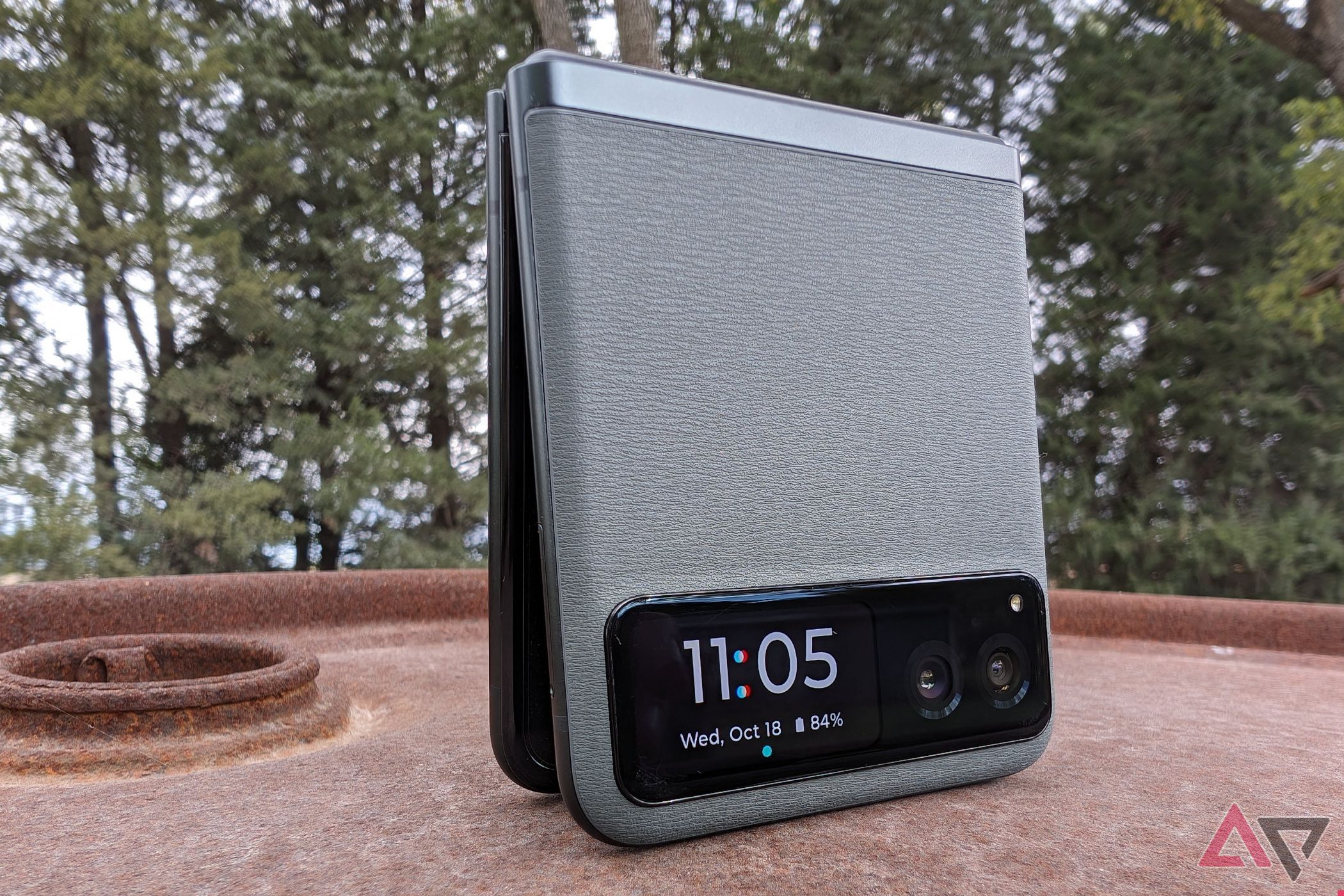
Related
I used my first folding phone, and here’s how it went
It’s been years, but now that I have one, I have some thoughts on expectations versus reality
But I don’t see the company changing things anytime soon. So, even though I’ll open each new Moto offering with renewed excitement, I know I’ll have the football pulled out from under me.

Moto G Stylus 5G (2024)
The Moto G Stylus 5G (2024) offers a stylus solution without punishing your wallet. It has a Snapdragon 6 Gen 1, offering decent power for daily tasks, and a gorgeous 1080p OLED screen. Despite not having an AOD, the rest of Motorola’s software is relatively stock. Unfortunately, the company only promises one major Android upgrade and three years of security updates.
Source link

